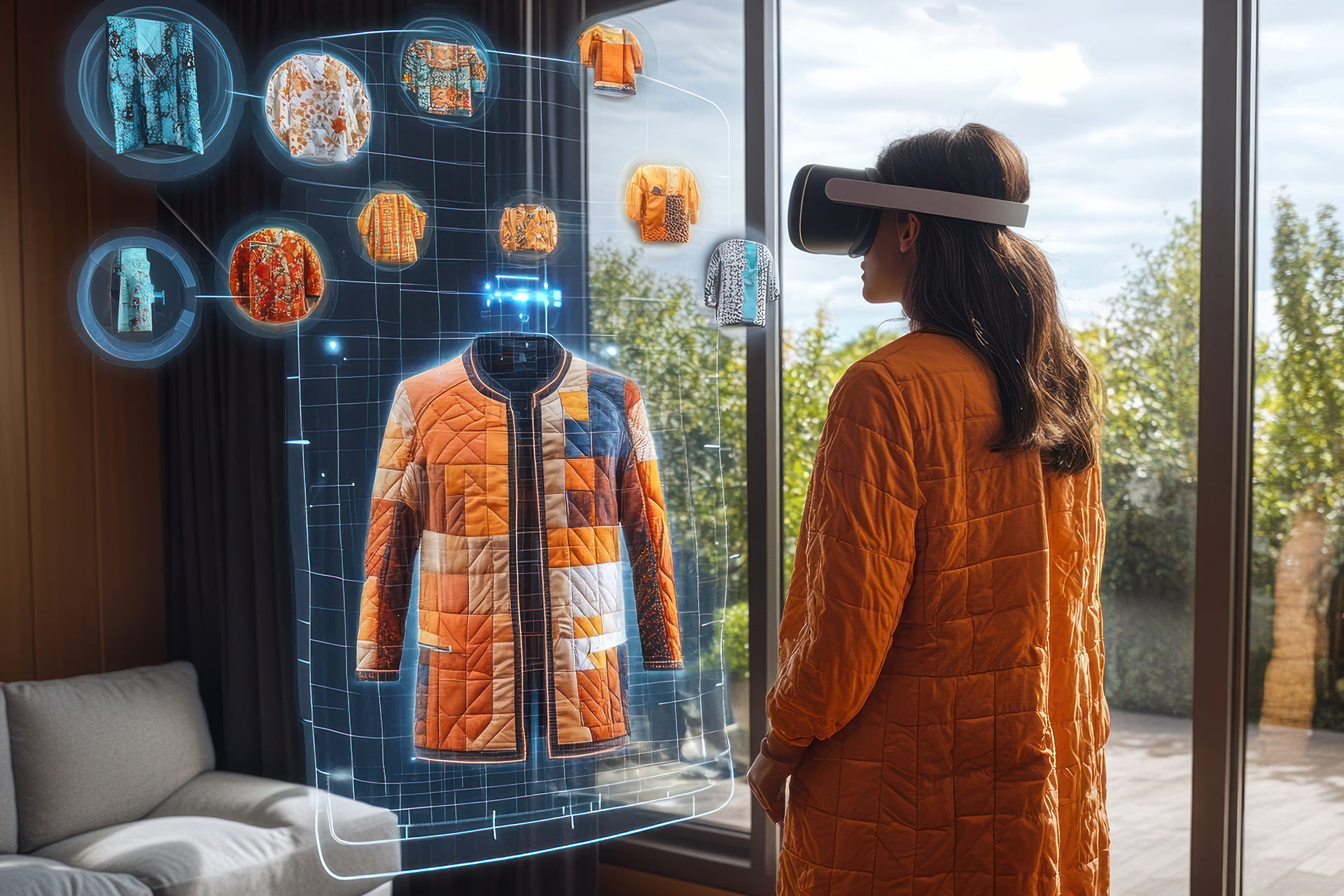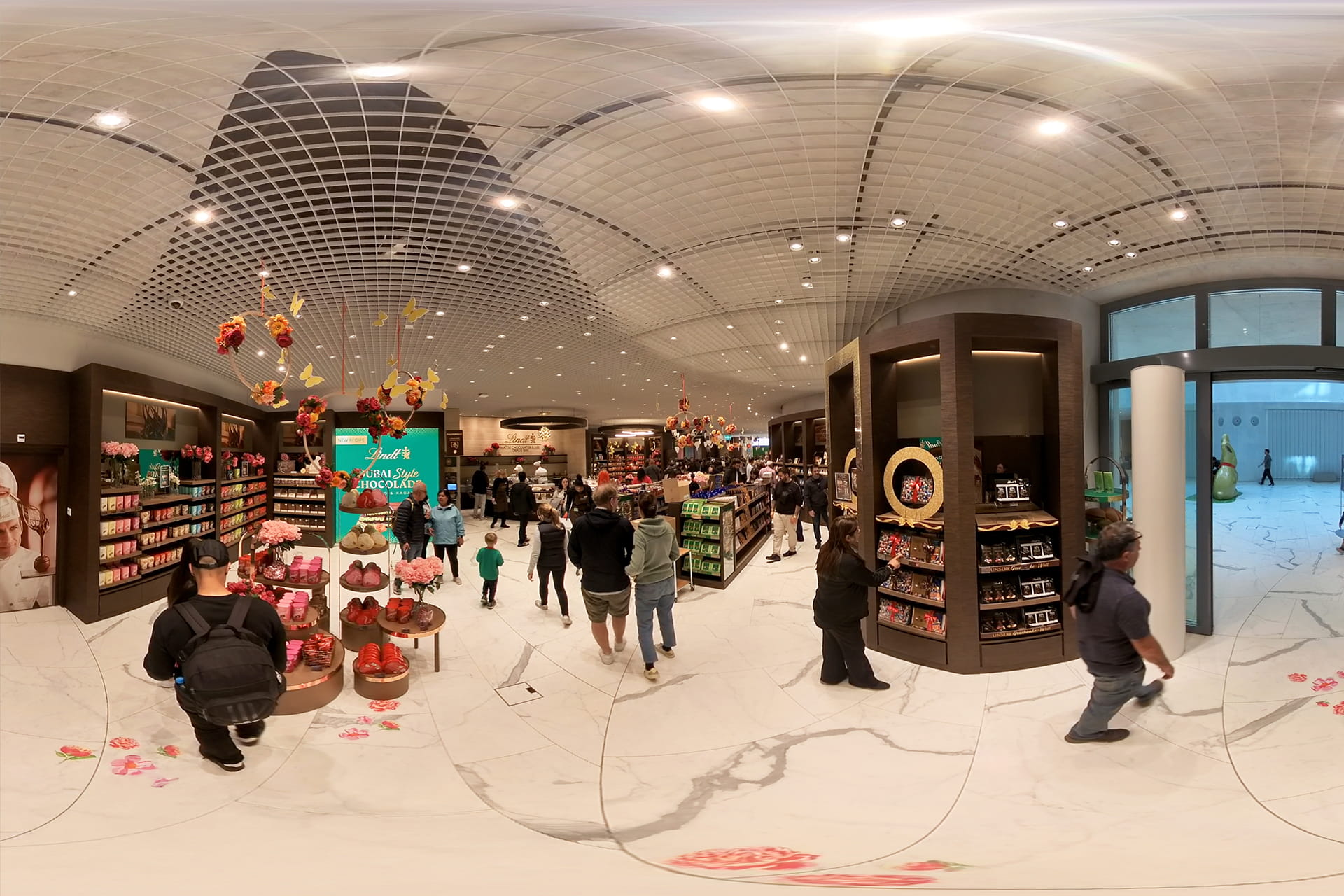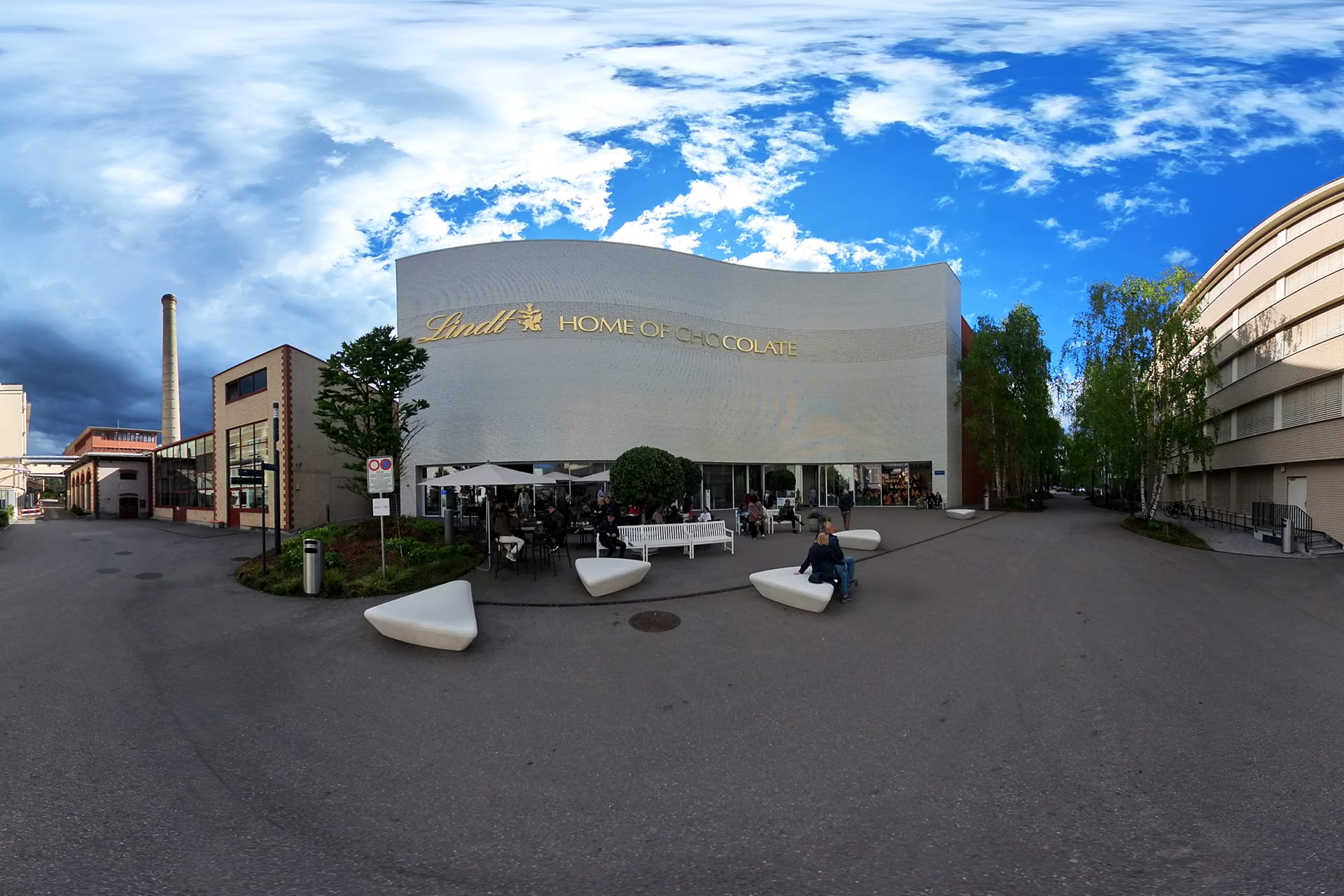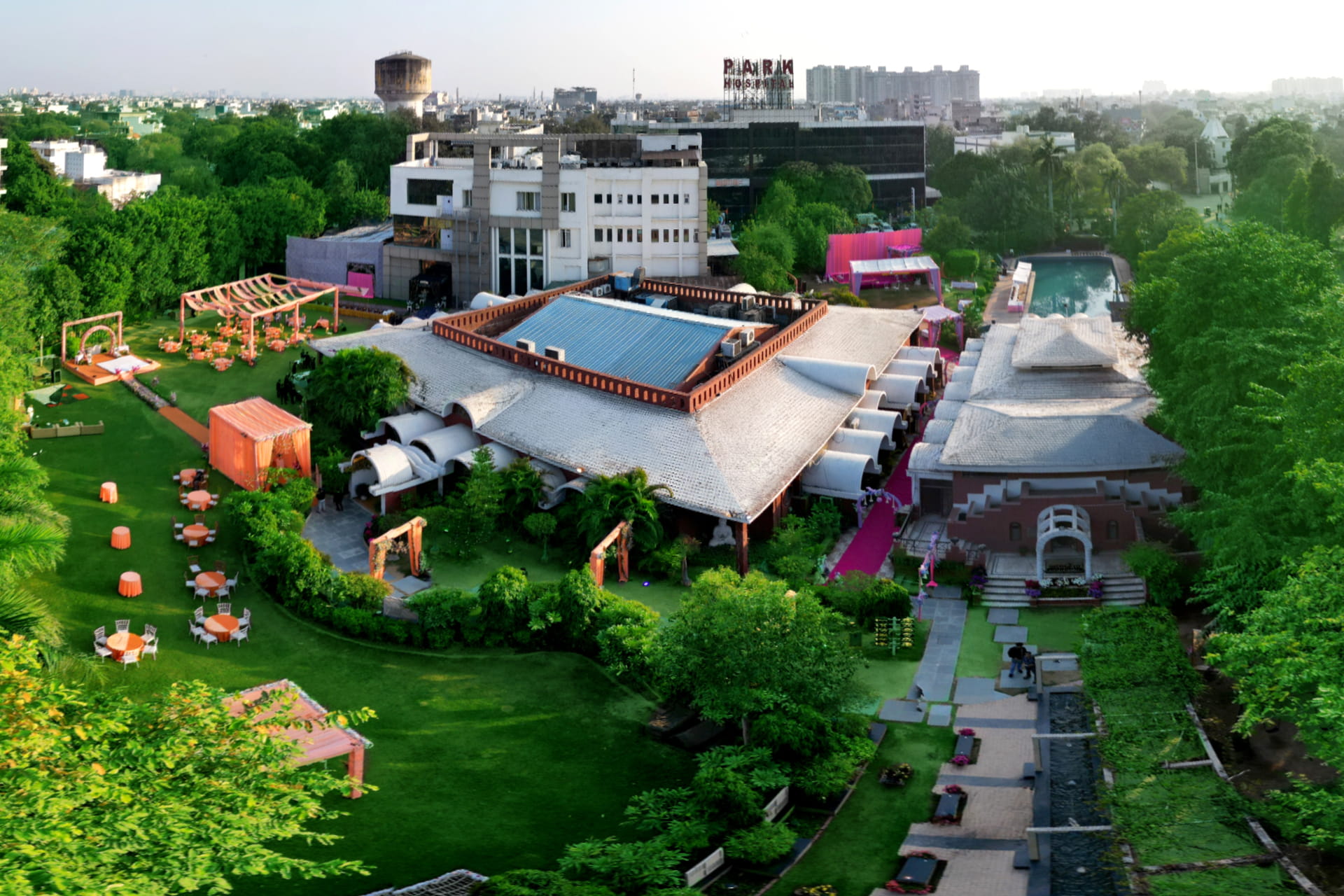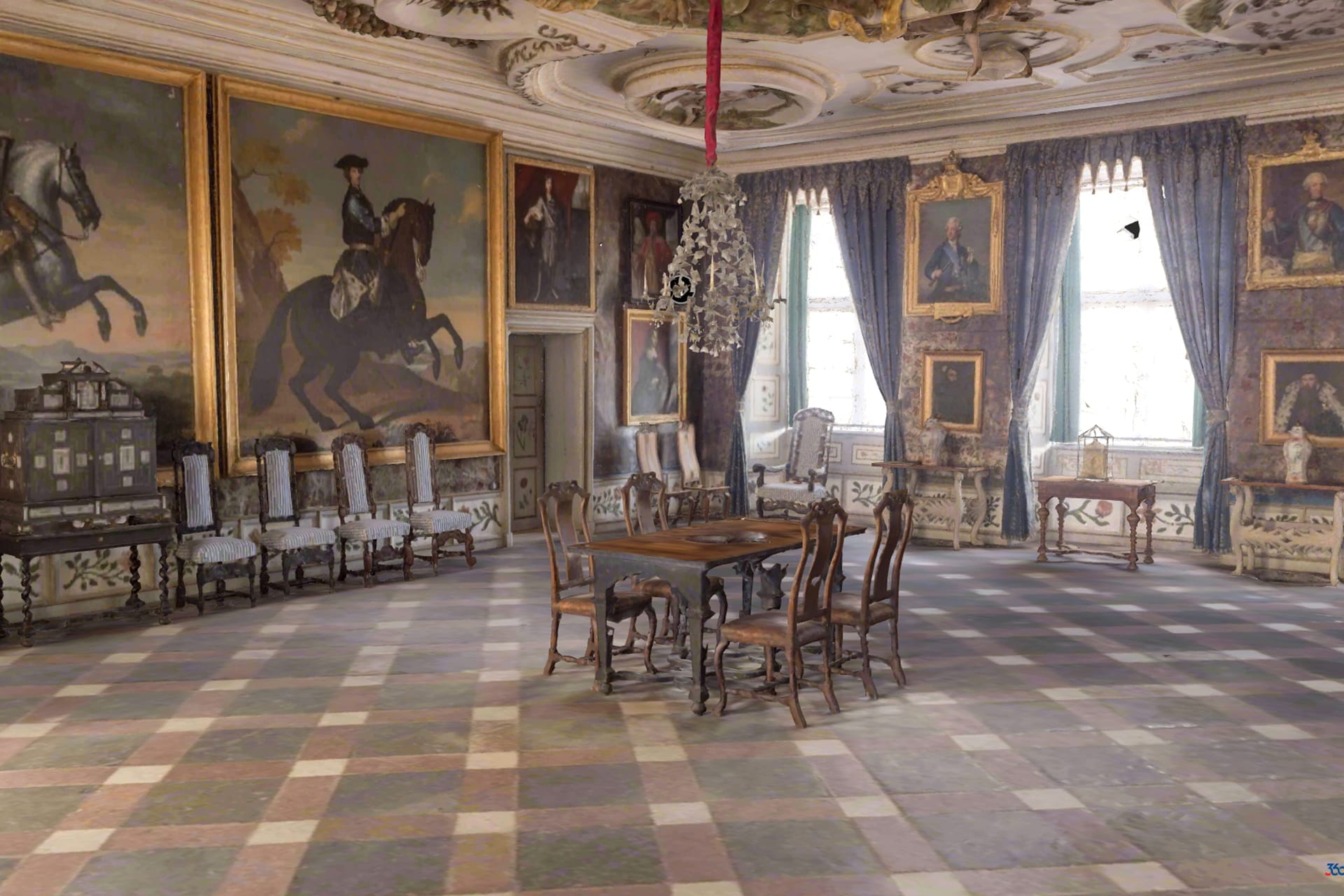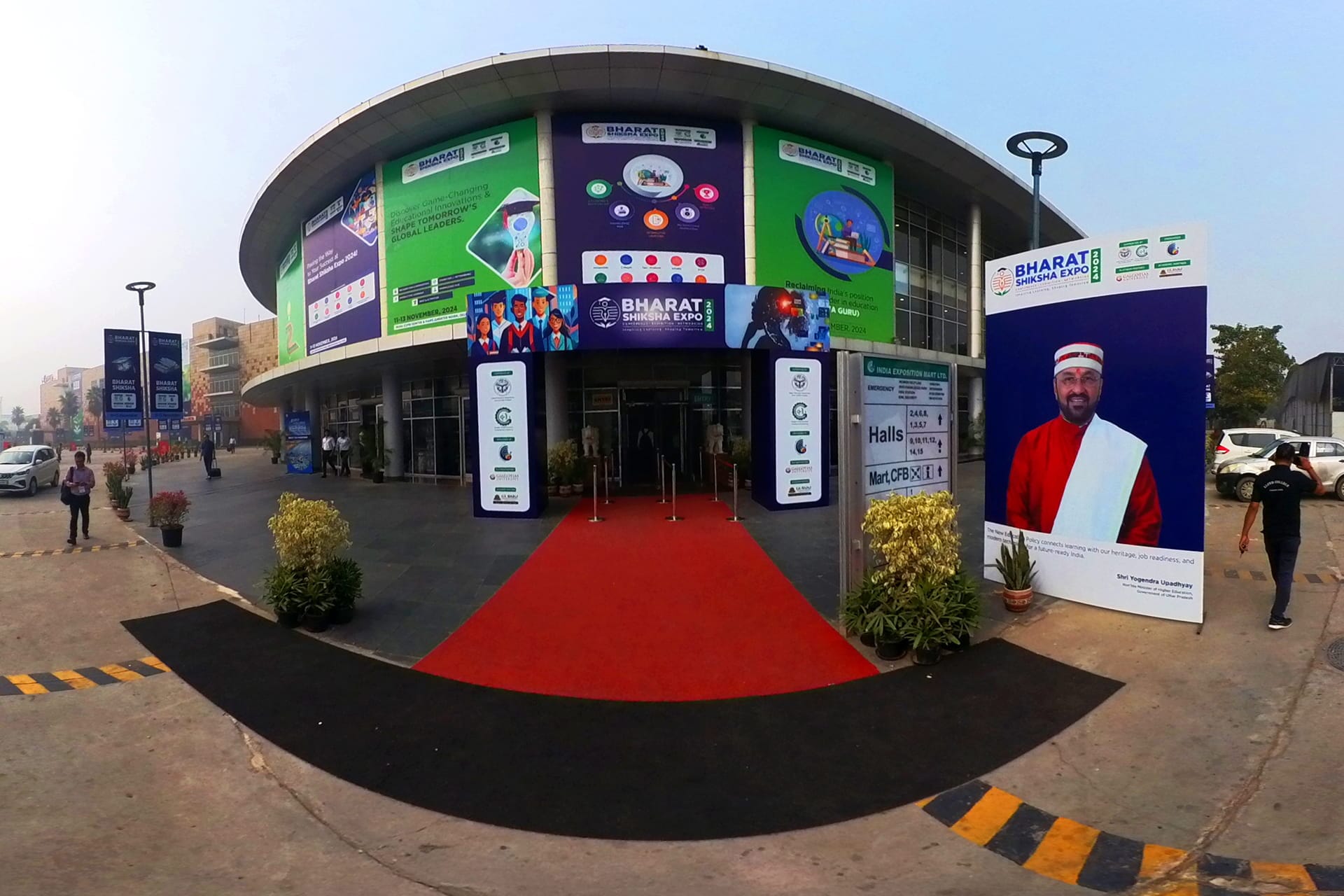Augmented Reality (AR) and Mixed Reality (MR) are no longer futuristic concepts—they are redefining how businesses interact with customers, employees, and partners. From immersive product demonstrations to virtual training and interactive marketing, AR and MR technologies are driving innovation, efficiency, and engagement.
This blog explores how AR and MR app development is transforming businesses in 2025-26, highlighting key applications, benefits, and opportunities.
1. Revolutionizing Customer Engagement
- Interactive Product Experiences: AR apps allow customers to visualize products in real-world environments before purchase.
- Virtual Try-On: Fashion, eyewear, and accessories brands use AR for virtual fittings, enhancing convenience and confidence.
- Immersive Marketing: MR experiences create memorable brand interactions, increasing engagement and retention.
2. Transforming Retail and E-Commerce
- Virtual Showrooms: MR technology enables 3D product exploration and customization from home.
- 360° Product Visualization: AR and MR apps let users rotate, zoom, and interact with products.
- Enhanced Conversion Rates: Immersive experiences help customers make informed purchase decisions, reducing returns.
3. AR/MR in Training and Workforce Development
- Employee Onboarding: Interactive MR modules guide new hires through equipment, processes, and protocols.
- Skills Training: AR simulations allow hands-on practice in a safe virtual environment.
- Remote Collaboration: Teams in different locations can work together in shared AR/MR environments.
4. Healthcare Applications
- Medical Training: MR allows doctors and students to practice surgeries and procedures virtually.
- Patient Education: AR apps explain conditions and treatment plans through interactive visuals.
- Therapeutic Applications: AR and MR aid in rehabilitation, pain management, and mental health therapies.
5. Real Estate and Architecture
- Virtual Property Tours: MR lets clients explore properties virtually, even before construction is complete.
- Interactive Design Visualization: Architects use AR/MR to showcase layouts, interiors, and modifications in real-world contexts.
- Enhanced Client Decision-Making: Clients can make informed choices with realistic immersive previews.
6. Benefits of AR/MR App Development for Businesses
- Increased Engagement: Immersive experiences capture attention and boost interaction.
- Reduced Costs: Virtual simulations save on physical prototypes, training materials, and travel.
- Improved Decision-Making: Customers and employees experience products and processes virtually.
- Competitive Advantage: Businesses adopting AR/MR stand out as innovative leaders.
7. Key Considerations for AR/MR Development
- Hardware Selection: Headsets, mobile devices, or mixed reality glasses depending on application.
- Software and SDKs: Unity, Unreal Engine, ARKit, ARCore, and other development tools.
- User Experience: Ensure intuitive navigation and seamless interaction.
- Scalability: Plan for future updates, new features, and cross-platform compatibility.
Conclusion
AR and MR app development is transforming businesses across industries, offering innovative ways to engage customers, train employees, and showcase products. As 2025-26 approaches, enterprises leveraging these technologies will gain a competitive edge through immersive and interactive experiences.
At 360Biznus, we specialize in custom AR and MR app development, delivering solutions that enhance customer engagement, streamline training, and revolutionize business operations.
Get in Touch
Whether you want to develop a new 360 Virtual Tour, 3D Product Display, 360 Product Spin Photography, Google 360 Street View or update an existing 360 Virtual Tour, we're eager to assist.
Call / Email Us / fill in the form below.


